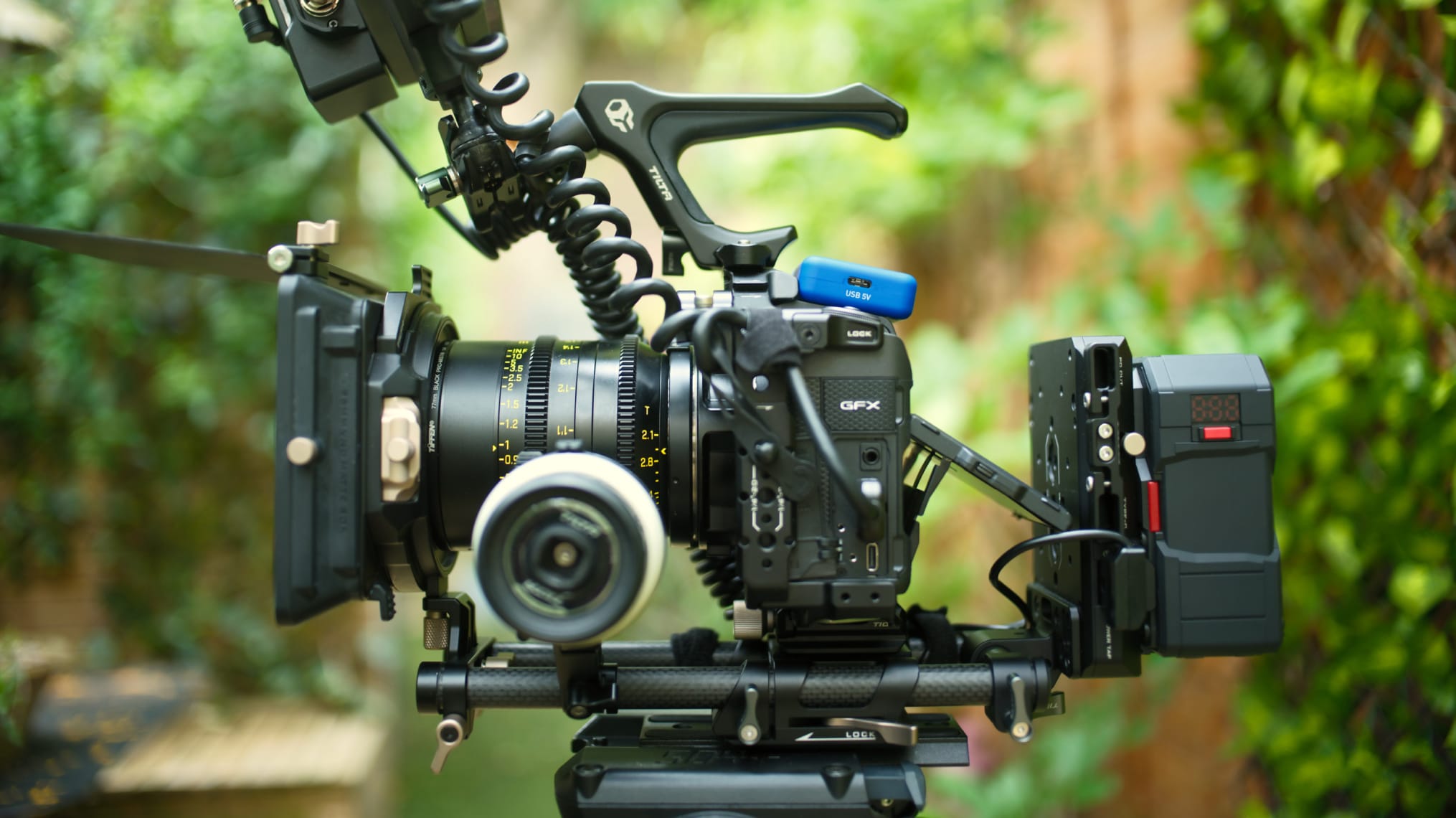Filming fashions change but one thing is constant: the march of the mirrorless cameras continues to grow with their adoption across the industry. From feature films such as The Creator through to stadium-based live sports and events, the cameras we’re all using are getting smaller and faster as they push the boundaries with larger sensors in bodies that appear to be ever-shrinking. Hand in hand these advances create new challenges for the working operator. As the cameras get smaller, having less real estate on the camera body can present fresh challenges. How, for example, can you monitor and rig these miniaturised handheld devices while still maintaining the highest possible recording quality in your workflow?
As a working filmmaker who works regularly with the latest generation of hybrid mirrorless models, the monitor-recorder has long been a staple of my everyday workflow. For the last few months I’ve been developing a small, Tilta-based Fujifilm GFX 100 II rig, which marries the magic of this camera’s incredibly light form factor and awesomely powerful medium format sensor with the versatility of the Atomos Ninja recorder monitor, giving me a set-up where I can seamlessly capture ProRes RAW HQ.
Recently I was given the opportunity to offer feedback on the latest Atomos firmware 11.06 update, which I’m delighted to say has led to the introduction of a proper F-Log 2 monitoring workflow. In practical terms this means that, with the use of the rear external SDI module* on my Ninja V+ monitor, I can output a Rec.709 feed in an F-Log2 colour space (BT.2020 is also available).
This facility then allows my director or client to see the RAW footage using an F-Log2 show LUT of my choice. It’s all helping the cause of F-Log2 being accepted, whether that be in FCPX or the beta version of DaVinci Resolve 19. Time and again I see F-Log2-enabled Fujifilm XH2s and GFX 100 II’s being used as B and C cameras on larger ARRI based productions, since it’s such an easy and natural partner to this established player. Of course, the recording hardware is but one element of the overall picture, and the operating software likewise plays a vital role in providing the features and reliability we all need when filming.

